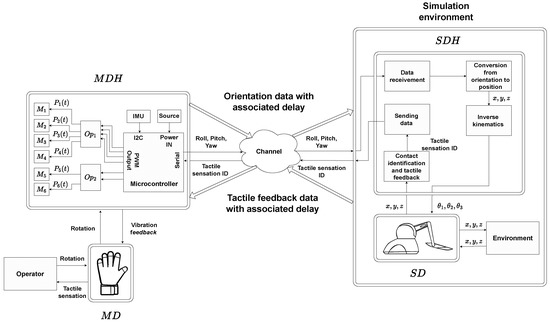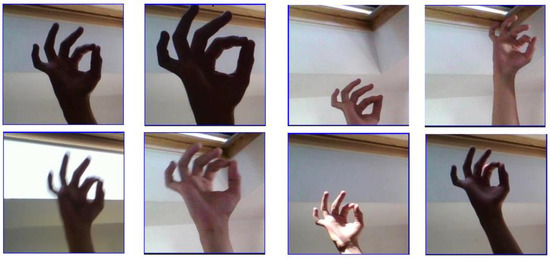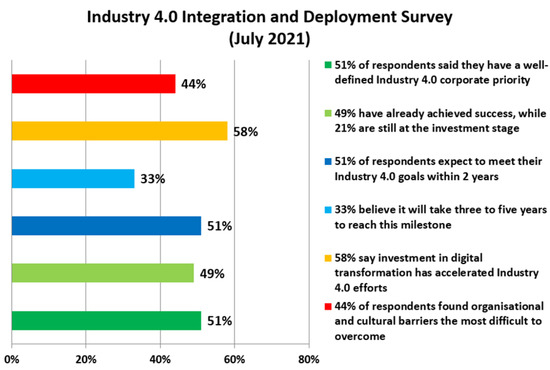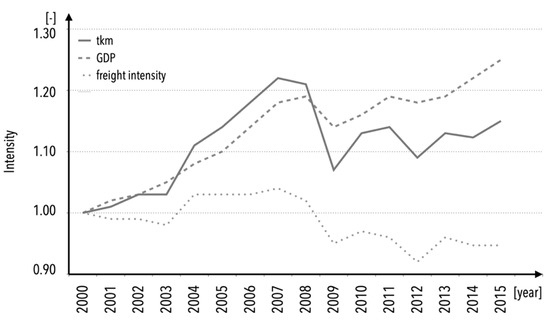1
School of Electronic and Electrical Engineering, Kyungpook National University, Daegu 41566, Republic of Korea
2
Lawrence Berkeley National Laboratory, Berkeley, CA 94720, USA
Sensors 2022, 22(24), 9869; https://doi.org/10.3390/s22249869 - 15 Dec 2022
Cited by 3 | Viewed by 2633
Abstract
The scheduler is a crucial component of the multipath transmission control protocol (MPTCP) that dictates the path that a data packet takes. Schedulers are in charge of delivering data packets in the right order to prevent delays caused by head-of-line blocking. The modern
[...] Read more.
The scheduler is a crucial component of the multipath transmission control protocol (MPTCP) that dictates the path that a data packet takes. Schedulers are in charge of delivering data packets in the right order to prevent delays caused by head-of-line blocking. The modern Internet is a complicated network whose characteristics change in real-time. MPTCP schedulers are supposed to understand the real-time properties of the underlying network, such as latency, path loss, and capacity, in order to make appropriate scheduling decisions. However, the present scheduler does not take into account all of these characteristics together, resulting in lower performance. We present the low latency and high data rate (LLHD) scheduler, which successfully makes scheduling decisions based on real-time information on latency, path loss, and capacity, and achieves around 25% higher throughput and 45% lower data transmission delay than Linux’s default MPTCP scheduler.
Full article
(This article belongs to the Section Communications)
▼
Show Figures















